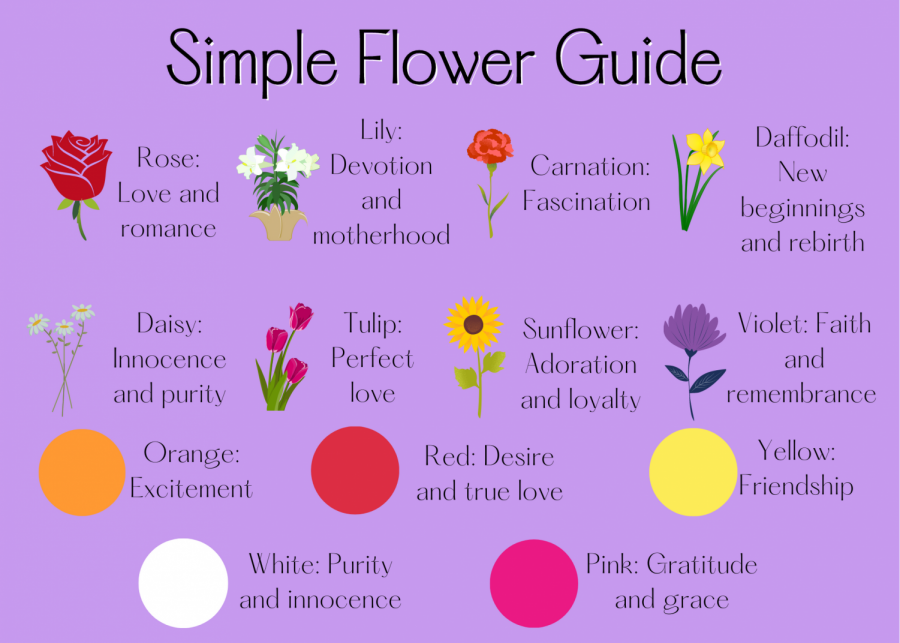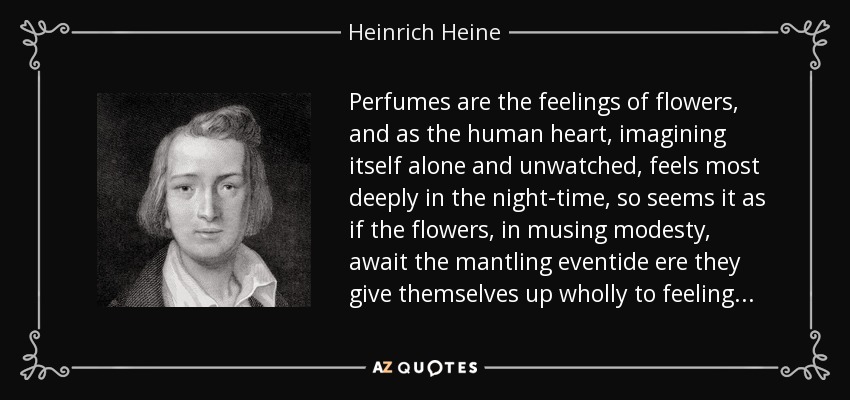Floriography, more commonly known as the language of flowers, is a form of communication that uses botanical symbolism, often to express emotions that words might fall short of capturing. This practice has ancient roots deeply embedded in various cultures worldwide, each attributing unique meanings to different flora (Cortellessa, 2016). The emotional connotations associated with flowers are more than cultural traditions. They’re rooted in scientific evidence, offering a fascinating fusion of psychology, biology, and social interaction.
A Deeper Dive into Floriography: The Science Behind the Symbols
Flowers and their symbolic meanings are encoded deep within our psyche through a concept known as ecological valence theory. This psychological theory provides an explanation for our emotional response to different colors, which heavily impacts how we perceive and interpret flowers (Palmer & Schloss, 2010). For instance, the reason we see red roses as a symbol of passionate love could be attributed to the warm, passionate emotional response triggered by the color red.
Similarly, the emotional impact of flowers extends to their scents. Research points towards specific floral fragrances having the power to stimulate certain emotions. This is due to the intimate link between our olfactory system and the limbic system, which is essentially the brain’s emotional center (Herz, 2009). For example, lavender, often associated with tranquility and serenity, has indeed been proven to elicit feelings of relaxation and stress reduction, as shown in several scientific studies (Koulivand et al., 2013).
The Impact of Flowers on Emotional Well-being: A Gift that Keeps on Giving
Beyond the world of symbolism, the act of giving and receiving flowers can directly and significantly impact emotional well-being. A fascinating study conducted by Jeannette Haviland-Jones et al. (2005) at Rutgers University revealed that flowers have the power to generate genuinely positive emotional responses from those who receive them. The study participants displayed authentic smiles, reported improved mood, and showed an increase in social behavior and memory towards those who gifted them flowers.
Furthermore, simply being in the presence of flowers has been shown to have positive effects on mental health. Evidence suggests that interacting with plants can lead to reduced psychological and physiological stress, due to the suppression of autonomic nervous system activity (Park et al., 2016).
Translating Feelings: An Exploration of Flowers and Their Emotional Meanings
A deep understanding of the language of flowers allows us to express complex feelings in a manner that is both subtle and beautifully elegant. Red roses are a classic symbol of love and passion, while their pink counterparts communicate feelings of admiration and joy. Yellow roses, traditionally symbolizing jealousy, have evolved to represent friendship and caring.
Lilies, in their varying hues, deliver different messages. White lilies, often associated with funerals, represent the restored innocence of the soul of the deceased so one has to consider such aspects when one decides to send flowers online to rather avoid cumbersome situations, yet to leave a lasting impression and convey a sense of sophistication and beauty.
Meanwhile, pink stargazer lilies symbolize prosperity and abundance, making them a popular choice for expressing well wishes.
Daisies, with their pure white petals and bright yellow centers, convey feelings of innocence, purity, and cheerfulness. Orchids, in their dramatic and mysterious beauty, symbolize qualities such as strength, beauty, and love.
The Language of Flowers in Cultural and Social Contexts
The language of flowers isn’t just a personal method of expression, but it also plays a significant role in cultural and social contexts. Different cultures attribute varied meanings to flowers, adding a rich tapestry of emotional symbolism. For example, the Japanese art of Ikebana or ‘making flowers alive’ involves creating arrangements that evoke harmony, balance, and a sense of well-being (Ohnuki-Tierney, 1993).
Conclusion
The language of flowers is a compelling, scientifically-grounded way of expressing emotions. Whether it’s through their colors, scents, or the emotional responses they elicit, flowers have an innate capacity to communicate feelings that words may not fully encapsulate. By harnessing this language, we can better express our emotions, enhance our mental well-being, and create deeper connections with those around us.
As the poet Heinrich Heine once said, “Perfumes are the feelings of flowers,” and it is in understanding these feelings that we uncover a more profound way to communicate our emotions.
References
- Cortellessa, G. (2016). Introduction to Floriography.
- Palmer, S. E., & Schloss, K. B. (2010). An Ecological Valence Theory of Human Color Preference. Proceedings of the National Academy of Sciences.
- Herz, R. S. (2009). Aromatherapy Facts and Fictions: A Scientific Analysis of Olfactory Effects on Mood, Physiology and Behavior.
- Koulivand, P. H., Khaleghi Ghadiri, M., & Gorji, A. (2013). Lavender and the Nervous System. Evidence-Based Complementary and Alternative Medicine.
- Haviland-Jones, J., Rosario, H. H., Wilson, P., & McGuire, T. R. (2005). An Environmental Approach to Positive Emotion: Flowers. Evolutionary Psychology.
- Park, S. H., Mattson, R. H., & Kim, E. (2016). Pain Tolerance Effects of Ornamental Plants in a Simulated Hospital Patient Room. Acta Horticulturae.











